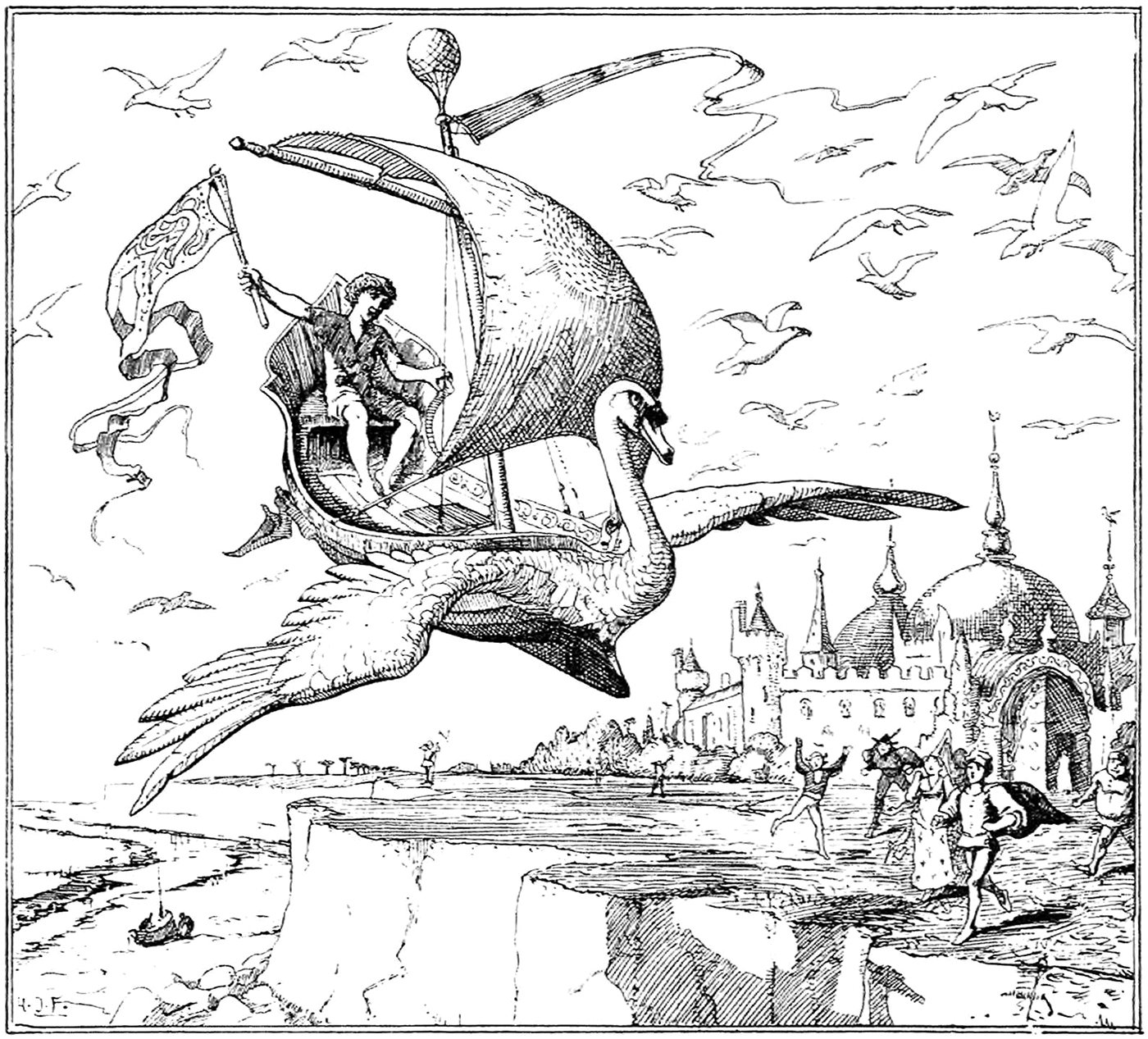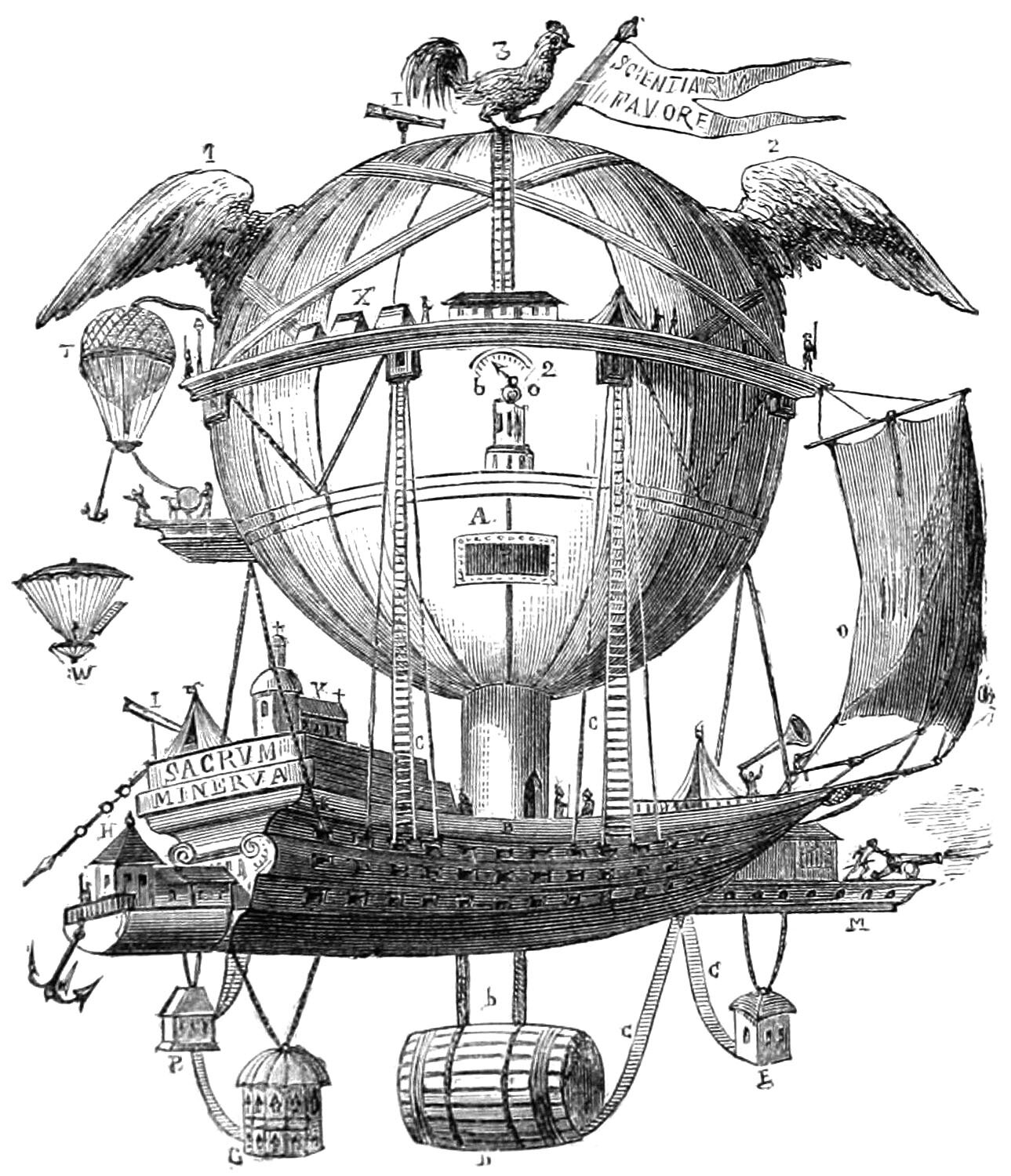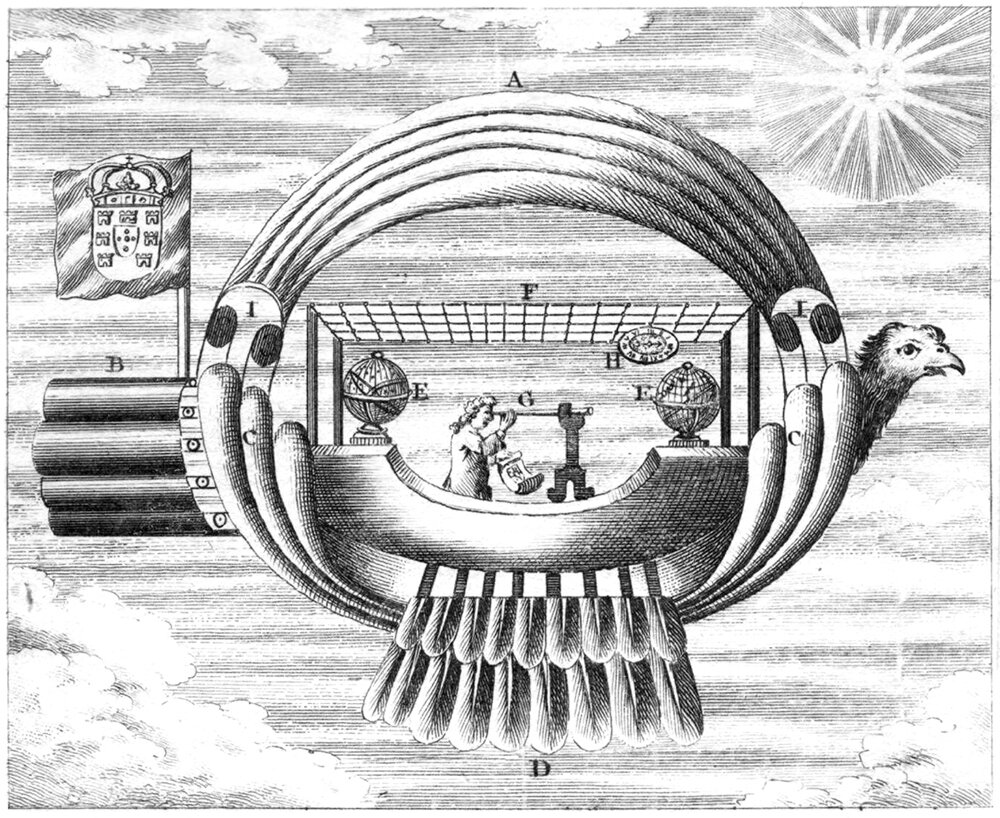Welcome to On Verticality. This blog explores the innate human need to escape the surface of the earth, and our struggles to do so throughout history. If you’re new here, a good place to start is the Theory of Verticality section or the Introduction to Verticality. If you want to receive updates on what’s new with the blog, you can use the Subscribe page to sign up. Thanks for visiting!
Click to filter posts by the three main subjects for the blog : Architecture, Flight and Mountains.

Minnikin’s Flying Ship
‘Now go over fresh water and salt water, over hill and dale, and do not stop until thou comest to where the King’s daughter is,’ said Minnikin to the ship, and off it went in a moment over land and water till the wind whistled and moaned all round about it.

Étienne Gaspard Robert’s La Minerve Airship
Pictured above is an airship design from 1803 by Étienne Gaspard Robert. Robert was a Belgian stage magician and physicist, and he also designed and flew balloons. His most famous design, called La Minerve, is pictured above. It was meant to be an exploratory vessel which would make multi-month trips around the world. Robert described the craft as an aerial vessel destined for discoveries, and proposed to all the Academies of Europe. It’s impractical, naïve, and amazing.

Bartolomeu de Gusmão's Passarola Airship
Many of the oldest ideas for flying machines imitated birds in some way. This proposal, by Brazilian-born Portugese inventor Bartolomeu de Gusmão, fits squarely into this category. His flying machine, called Passarola, translates to bird in Portugese. Gusmão was building on the ideas of Francesco Lana de Terzi, who previously drew up plans for a flying ship, complete with sails and a hull.

Francesco Lana de Terzi's Aerial Ship
Francesco Lana de Terzi is sometimes referred to as the Father of Aeronautics. He was an Italian Jesuit priest, a professor of physics and mathematics, and he was intrigued with human flight. In 1670 he published Prodromo, a book containing myriad ideas and inventions, the most famous of which was the design for a flying ship.
